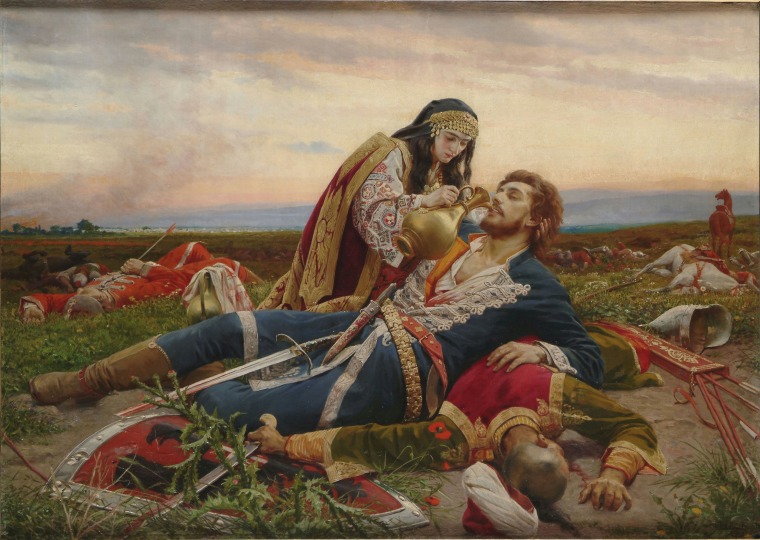

It was 1941, April, when the smell of gunpowder, smoke and ashes ruined one of the most beautiful months in Belgrade. The serenity of this spring morning was disrupted by the sounds of German plains and death-dealing projectiles. The streets were resonating with spine-chilling sounds and deafening fear. The most devastating attack in the history of the Serbian capital – the Nazi bombing of Belgrade – had just began.
Without even declaring war or sending out a warning, on the 6th of April, 1941 the capital of the Kingdom of Yugoslavia lost a significant part of its residential buildings and infrastructure as well as many cultural monuments. Over 200 bombers flew over Belgrade on that hellish morning. In four air strikes they deployed over 360 tons of bombs. However, the devastation didn’t end here.

In the following two days, 484 aircrafts took part in the attack on Belgrade and of them 234 were bombers and 120 fighter aircrafts. The precise number of casualties remains unknown but it is supposedly around the 2,274 mark. The German estimates of the Yugoslav casualties were between 1,500 and 1,700.
In these cruel attacks on Belgrade, the parts of the city around the Main railway station, Slavija, Senjak, the city centre and the Terazije square, governmental buildings in Nemanjina street and those in Knez Miloš street, and most of the residential area in Dorćol were severely damaged. The National Library, once located in Kosančićev venac, was completely destroyed, with over 300,000 books (which was the entire library fund) including invaluable copies, lost in the fire.

According to Darko Ćirić, a renowned historian, from 19,641 buildings, which existed in Belgrade before the war, 9,365 were destroyed or damaged. 8,000 families were left without a roof over their heads.
According to numerous historical experts, the April attack was Hitler’s retribution for the 27th of March, 1941 when the ruling trio Cvetković-Maček and the regent Pavle Karađorđević were overthrown for signing a pact with Germany. This is why many think that the bombing was Hitler’s personal vengeance and therefore had a political-terrorist character.
The coup of March 27 basically determined the faith of Yugoslavia and paved its road to the group of countries opposing Nazi Germany. As soon as news of the coup reached the people, in Belgrade and in the whole of Yugoslavia, mass street demonstrations took place in support of the coup.
“Bolje rat nego pakt” (roughly translated “Better a war than the pact”) and “Bolje grob nego rob” (“Better the grave than a slave”) were the words that marked the famous coup. Soon after Winston Churchill, Britain’s leader, stated that “Yugoslavia found its soul.”. And after that brutal mass attacks on Germany, Italy, Bulgaria and Hungary took place. Yugoslavia was torn into pieces and the Nazi occupiers formed the so-called Independent state of Croatia and then did the same for Bulgaria.

The Yugoslav army capitulated on the 17th of April.
If you want to see how life in Belgrade looked during the first days of WWI, click here. And if you to find out more about the NATO bombing of Serbia, click here.









